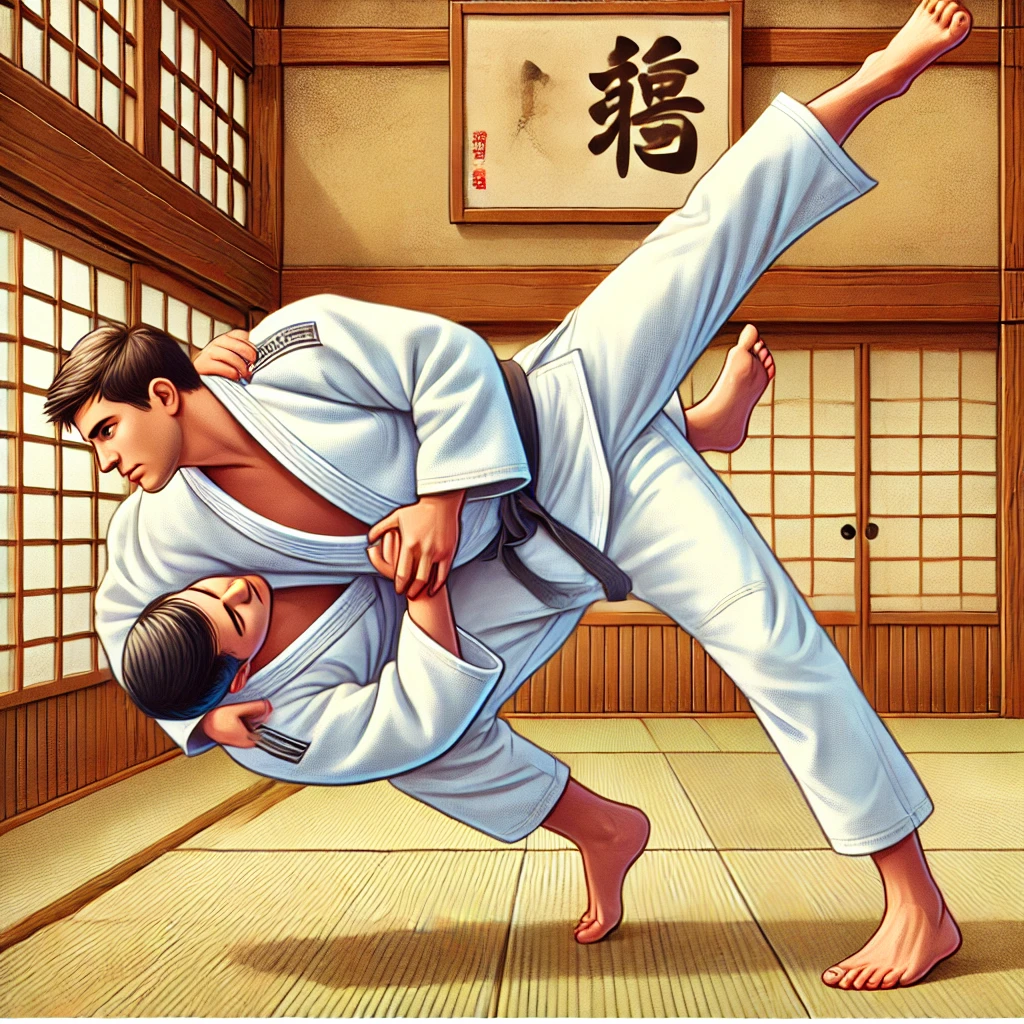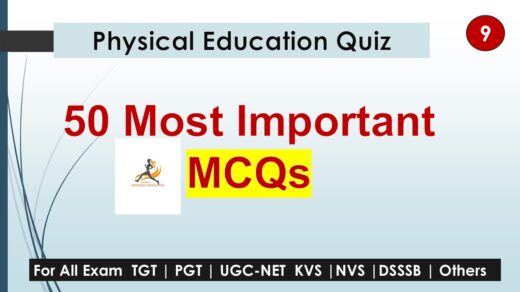Judo: A Comprehensive Guide for Physical Education Exams
Judo, a modern martial art and Olympic sport, has its roots in Japan and was developed by Dr. Jigoro Kano in 1882. Derived from traditional Japanese jujutsu, Judo emphasizes throws, grappling, and submissions while avoiding striking techniques. For students preparing for physical education exams such as NVS, KVS, DSSSB, and others, understanding the history, principles, techniques, and significance of Judo is crucial. This blog post provides a detailed overview of Judo to aid your preparation.
History and Development
Dr. Jigoro Kano developed Judo as a physical, mental, and moral discipline. Combining traditional jujutsu techniques with modern principles, Kano sought to create a martial art focused on efficiency, safety, and personal development. He established the Kodokan Judo Institute in Tokyo in 1882, which became the global hub for Judo training and education.
Judo was introduced as an Olympic sport in the 1964 Tokyo Games for men and later included women in the 1992 Barcelona Olympics. It is now practiced worldwide, with millions of practitioners, known as judokas, following its principles.
Emergence of Judo in India
Judo made its way to India through the establishment of a training center at Visva Bharati University, initiated by Rabindranath Tagore in 1905. Inspired by Okakura Kakuzo, a renowned Judo master from Japan, Tagore invited a Japanese Judo expert to India, marking the introduction of the sport in the country.
The Judo Federation of India (JFI) was established in 1965 to promote and regulate the sport nationwide. The first National Judo Championship took place in 1966 in Hyderabad, setting the stage for organized Judo competitions in India. In 2010, Thoudam Kalpana Devi from Manipur achieved a milestone by becoming the first Indian to secure a top-three position at the Judo World Cup in Tashkent.
Principles of Judo
Judo is founded on two core principles:
- Seiryoku-Zenyo (Maximum Efficiency, Minimum Effort): This principle emphasizes the effective use of energy, where a judoka leverages an opponent’s strength to execute techniques efficiently.
- Jita-Kyoei (Mutual Welfare and Benefit): This principle underlines the importance of cooperation and respect among practitioners, fostering a sense of community and mutual growth.
These principles make Judo not just a sport but also a way of life, promoting physical fitness, mental clarity, and ethical behavior.
Techniques:
Judo techniques are divided into three main categories:
- Tachi-Waza (Standing Techniques): These involve throws and takedowns. Examples include:
- Ippon Seoi Nage (One-Arm Shoulder Throw): A powerful throw where the opponent is lifted and flipped onto their back.
- O Soto Gari (Major Outer Reap): A technique involving sweeping the opponent’s leg to unbalance and throw them.
- Ne-Waza (Ground Techniques): These include pins, joint locks, and chokeholds. Examples include:
- Kesa Gatame (Scarf Hold): A pinning technique to control the opponent on the ground.
- Juji Gatame (Cross Armlock): A submission technique targeting the elbow joint.
- Atemi-Waza (Striking Techniques): Although not used in competitive Judo, these techniques are part of self-defense training.
Measurements of Contest Area
A traditional Judo match is conducted on Tatami mats, which measure either 14×14 meters or 16×16 meters. Within this space, the combat area, marked as 9×9 meters or 10×10 meters, is designated for the competition. Judokas, the athletes participating in Judo, must adhere to specific customs: they wear the required uniform with a properly knotted belt, bow before stepping onto the mat, and bow to their opponent both before and after the match.
Competition Area Details
- Total Competition Area: The minimum size of the competition area is 14×14 meters.
- Zones: The area is divided into two distinct zones:
- Contest Area (Inner Zone): This is where the match takes place, measuring between 8×8 meters and 10×10 meters.
- Safety Area (Outer Zone): This zone surrounds the contest area and is at least 3 meters wide. It serves as a buffer to ensure the safety of the athletes.
- Color Differentiation: The contest area is distinctly marked with a different color than the safety area to help identify boundaries clearly.
- Shared Safety Area: When multiple competition areas are set up side by side, a shared safety area of 4 meters is maintained between them.
- Free Zone: A minimum of 50 cm of free space is required around the entire competition area for added safety.

Rules and Scoring
In competitive Judo, matches are conducted on a tatami (mat) and scored based on the effectiveness of techniques. Key scoring methods include:
- Ippon: Awarded for a perfect throw, pin, or submission, ending the match immediately.
- Waza-ari: A near-perfect technique; two waza-aris equal one ippon.
- Shido: Penalties for rule violations, such as passivity or illegal grips, which can impact the outcome of the match.
Benefits:
Judo offers numerous physical, mental, and social benefits, making it an excellent choice for physical education:
- Physical Fitness: Enhances strength, flexibility, balance, and cardiovascular endurance.
- Mental Discipline: Develops focus, problem-solving skills, and resilience.
- Self-Defense: Provides effective techniques for personal safety.
- Character Building: Encourages humility, respect, and perseverance.
Judo in Physical Education Curriculums
Judo is increasingly incorporated into school physical education programs due to its holistic benefits. For students preparing for exams like NVS, KVS, and DSSSB, understanding Judo aligns with syllabus topics on sports science, biomechanics, and ethics in sports.
Important Terminologies
- Judogi: The uniform worn by judokas.
- Dojo: The training hall for Judo practice.
- Hajime: Command to begin a match or practice.
- Matte: Command to pause.
Tips for Exam Preparation
- Study the history and evolution of Judo to understand its significance.
- Familiarize yourself with the key techniques, rules, and scoring methods.
- Highlight the benefits of Judo for physical and mental well-being.
- Practice writing answers using terminologies like judogi, dojo, and ippon.
Conclusion
Judo, with its rich history and principles of efficiency and mutual benefit, stands out as more than just a sport. It is a discipline that promotes physical health, mental clarity, and ethical behavior. By understanding Judo’s techniques, rules, and benefits, students can excel in physical education exams while appreciating the broader impact of this martial art on personal and community development. Embrace the spirit of Judo, and let it guide your preparation and life.
Subscribe to us on YouTube and try our quizzes on this website to keep your exam preparation on track.




